Class 17: Some Notes on Heredity and Evolutionary Psychology (Outline)
Heredity & Behavior
|
Basic
Principles of Genetics
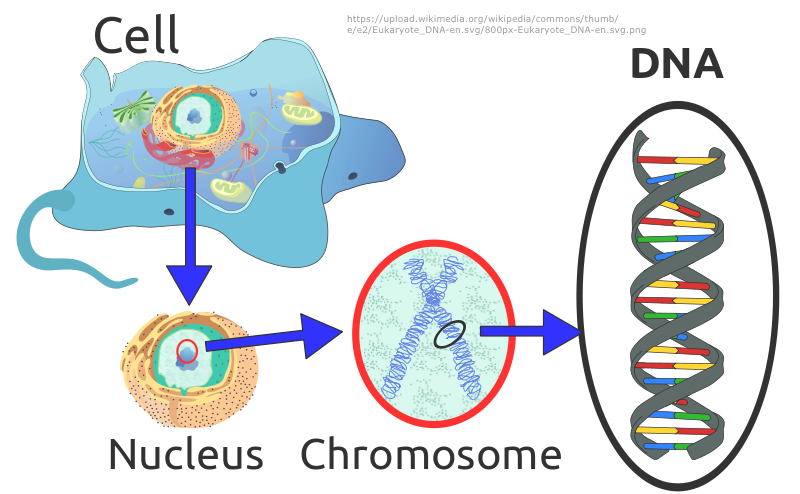
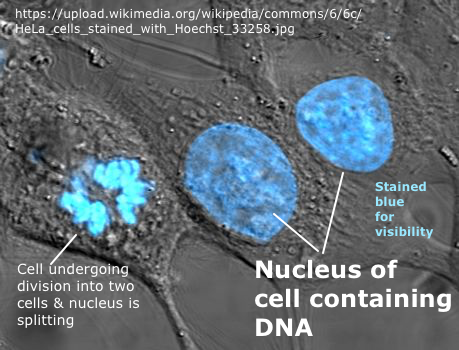
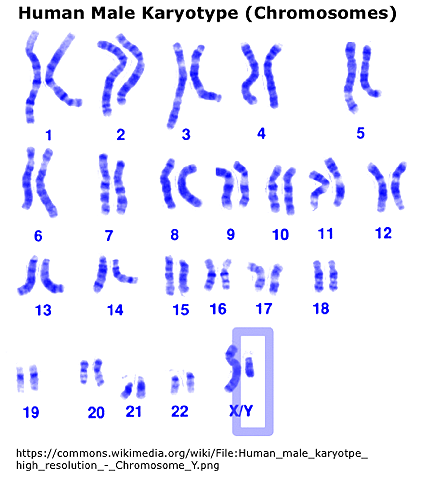 Chromosomes = Long strands of DNA
Chromosomes = Long strands of DNAGenes = segments on a chromosome with instructions for producing proteins
Human beings have 23 pairs of chromosomes
![[Generic Family Relatedness]](../psy101graphics/Genetic_Family_Relatedness.png) Research
Strategies
Research
Strategies
Example: Schizophrenic (SCZ) Disorders
concordance rates:
- Random pair in general population ≤ 1% concordance rate
- First cousins = 2% concordance rate
- Siblings = 9% concordance rate
- Identical twins = 40-50% concordance rate
Why is this evidence that SCZ cannot be merely an hereditary disorder, that is, that SCZ is not due solely to genetic influences?
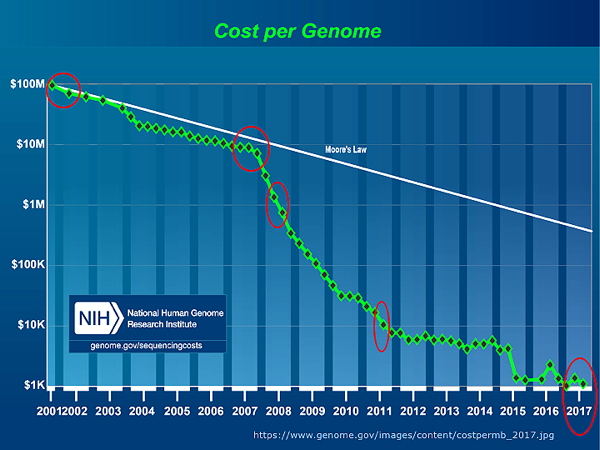 4. Genome
Mapping (Genome Wide Association
Studies, GWAS)
4. Genome
Mapping (Genome Wide Association
Studies, GWAS)
- Vastly
reduced cost of sequencing individual genome (all the
genes in a single individual): ca. $1,000 today (vs. $100
million in 2001). This allows studies of many hundreds or
thousands of individuals at the same time.
- Expectation: finding single or small number of genes associated with mental conditions and behaviors
- Findings:
most mental conditions (e.g., SCZ or bipolar disorder) and
behavioral traits (e.g., intelligence levels) are the
result of multiple small effects of many genes
(dozens, hundreds, perhaps thousands) interacting with
each other.
The
Interplay of Heredity & Environment
1. Polygenetic determinism
Single Gene Disorders Multiple Gene - Polygenetic Disorders cystic fibrosis
alpha- and beta- thalassemias (less hemoglobin than normal)
sickle cell anemia (sickle cell disease)
Marfan syndrome (connective tissue disorder)
fragile X syndrome
Huntington's disease
hemochromatosis (too much iron stored)heart disease
high blood pressure
Alzheimer's disease
arthritis
diabetes
cancer
obesity2. Genetic vulnerability (called a "diathesis" in medicine). Thus, diathesis + high environmental stress = disorder.
3. Epigenetics = study of heritable changes in how genes express themselves that do NOT involve modifications to the DNA sequence.
4. Most traits are the result of the combined effects of heredity and environment (see chart below):
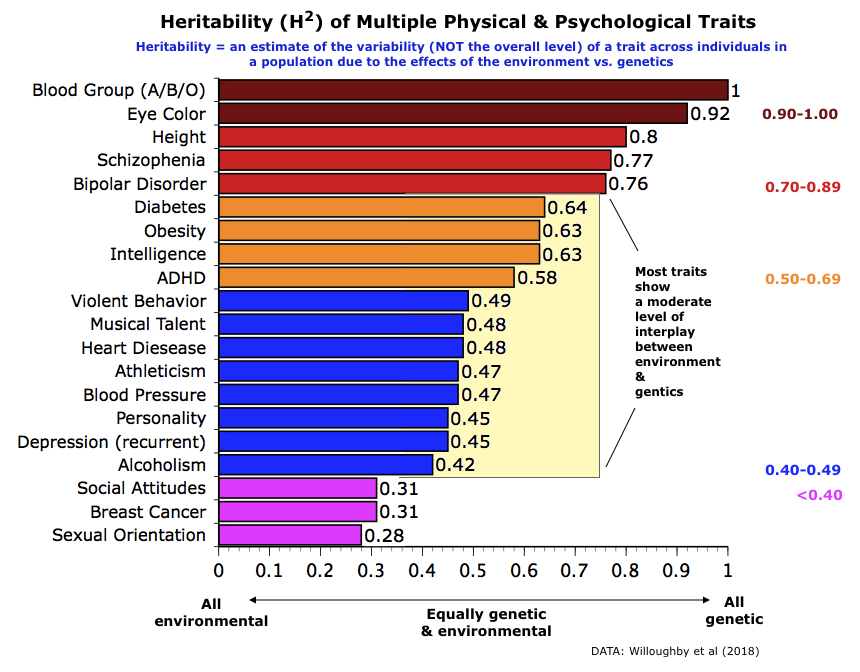
The Evolutionary Basis of Behavior
|
Charles Darwin's Theory (1859: On the Origin of Species by Means of Natural Selection)
- Various physical characteristics or traits emerge due to random genetic changes & an be passed down to subsequent generations. He didn't know the actual mechanism of genes (i.e., DNA), but knew there was some physical mechanism involved in how living creatures develop.
- Fitness
- Natural selection
Modern Refinements = Evolutionary Psychology
![[Darwin's On the Origin of Species]](../psy101graphics/darwin_origins.jpg)